M. Night Shyamalan’s “The Visit”: A Chillingly Warm Family Reunion
M. Night Shyamalan returns with a new brand of fear in “The Visit” – a tale of unsettling elders, madness, and illogical behavior, all wrapped in a surprisingly heartwarming package. While not groundbreaking, the film keeps you engaged from start to finish.
The premise is simple: Years ago, a rebellious daughter severed ties with her parents after falling in love with her teacher and eloping. Now, decades later, with children of her own, she considers reconciliation. Her two teenage children are sent on a reconnaissance mission to reconnect with their estranged grandparents. Armed with a camera to document their family history, the siblings soon discover that their grandparents are reluctant to delve into the past. And in the present, their behavior is, to put it mildly, disturbing. A week with them proves to be anything but ordinary.
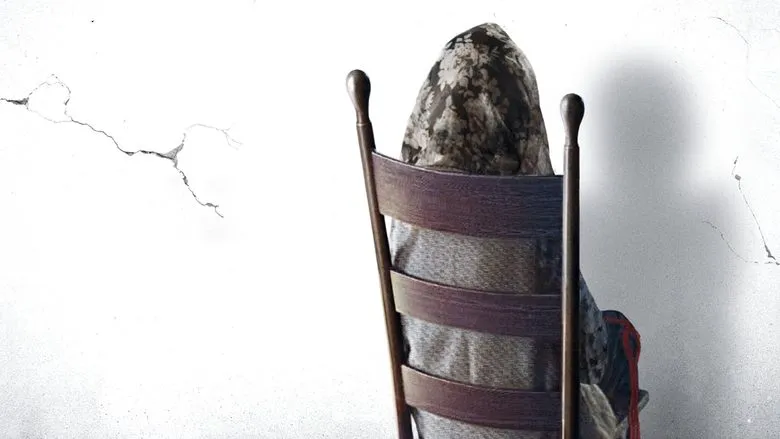
Shyamalan himself revealed in an interview that he crafted three different edits of “The Visit”: one leaning towards comedy, another a full-blown horror, and a hybrid of the two. The latter is what ultimately made it to theaters.
Expectations vs. Reality
With each new M. Night Shyamalan film, the same narrative emerges: his ideas are stale, his directorial tricks are tired, the scares are diminished, and the psychological depth of his earlier works is absent. Yet, anticipation remains high. The hope for a cinematic miracle, the intrigue surrounding his unexpected narratives and mind-bending twists, persists. “The Visit,” shrouded in mystery and fueled by a fear-inducing trailer and poster, initially appears to be a tempting treat. But what lurks within this seemingly idyllic gingerbread house inhabited by enigmatic elders?
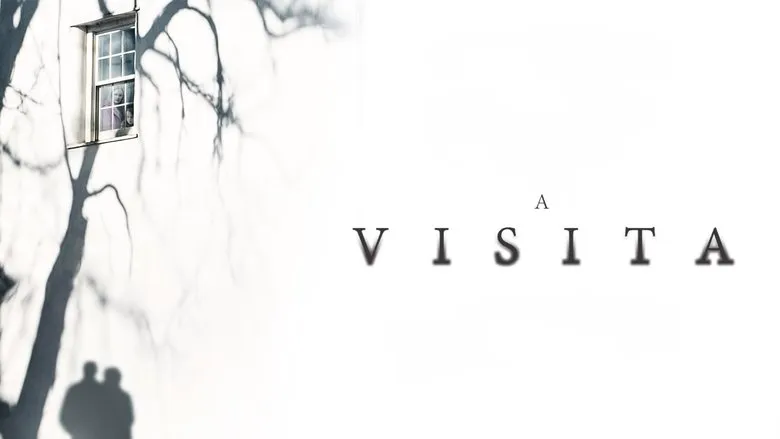
In stark contrast to Shyamalan’s previous venture, “After Earth,” which was the most expensive of his career, “The Visit” stands as his lowest-budget studio directorial effort.
A Middle-of-the-Road Thrill
“The Visit” is unlikely to join the ranks of Shyamalan’s top three films; he’s certainly produced stronger works. Nor is it a flagship title for Blumhouse Productions. Instead, it occupies a comfortable middle ground – simply shot, sincerely acted, and suspenseful, relying more on the audience’s imagination than on elaborate plot devices. Horror fans will undoubtedly find a few moments of genuine tension, and the anticipation of the not-so-obvious resolution is stimulating. However, it’s no “The Village,” “Signs,” or, of course, “The Sixth Sense.”
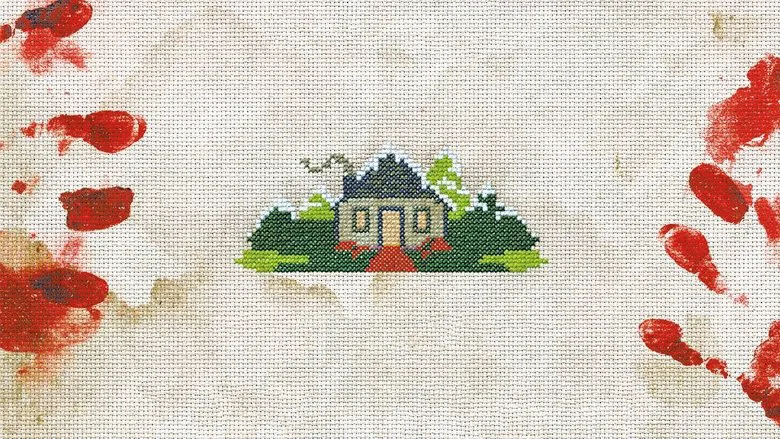
The Weakest Link: The Premise
The most significant flaw lies in the setup. Without revealing the central plot twist, the notion that the grandchildren have no idea who their grandparents are, despite their lack of contact, feels contrived. Shyamalan has always been known for stretching the boundaries of plausibility, but his previous films differed from “The Visit” in one crucial aspect: they leaned heavily on supernatural, otherworldly, or even extraterrestrial forces. Here, the mystical, frightening, and captivating elements are explained in a rather simple, even banal, manner. Whether this adds to the film’s charm is a matter of personal opinion.
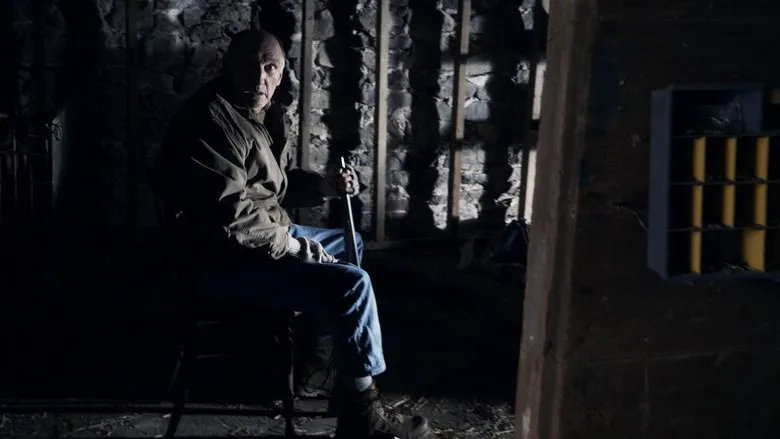
Playing on Our Fears
What cannot be denied is the film’s skillful exploitation of our unease towards the elderly. While the elderly have been used as figures of horror before, from “The Taking of Deborah Logan” to the menacing seniors in “It,” Shyamalan taps into familiar anxieties, creating mysteries out of the mundane. Grandpa constantly visits the distant shed, only to find nothing but junk? Grandma asks to have the oven cleaned from the inside, but nothing terrible happens? Neighbors and acquaintances appear and disappear mysteriously? The filmmakers expertly stoke the flames of audience curiosity, and the ending, thankfully, doesn’t disappoint.
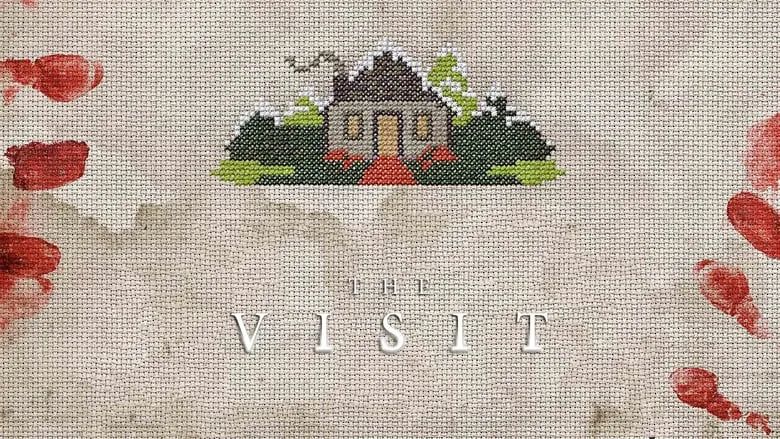
Psychological Missteps
The film’s attempt at psychological depth is less successful. The narrative occasionally pauses for the teenage protagonists, Becca and Tyler, to dwell on their absent father. These moments feel forced, even the “message from beyond” in “Signs” felt more logical and justified than the suffering inflicted upon the children in “The Visit.” Shyamalan attempts to explain much of the film through a childlike perspective, but the imbalance between the characters’ naivety, rash actions, and emotional fragility is jarring and detracts from the overall experience.
A Rewatchable Horror?
The distinction between a good and a bad horror film is simple: a bad movie is one you never want to see again. Knowing the killer’s identity, the jump scares, and which characters survive often diminishes the desire for a repeat viewing. “The Visit,” fortunately, is not hopeless. Even knowing the elderly couple’s secret, a return trip to their house is tempting, not immediately, but eventually. Shyamalan’s eccentric grandmother is simply too memorable. And the children are equally compelling, worthy of each other and their ancestors… or perhaps not.